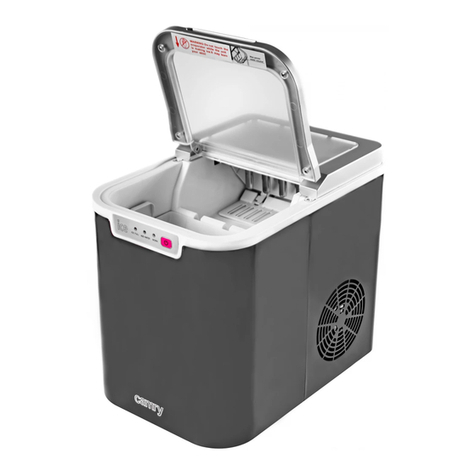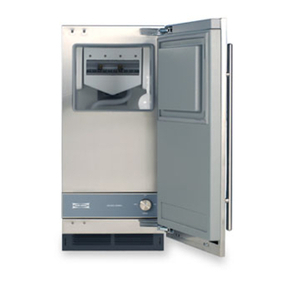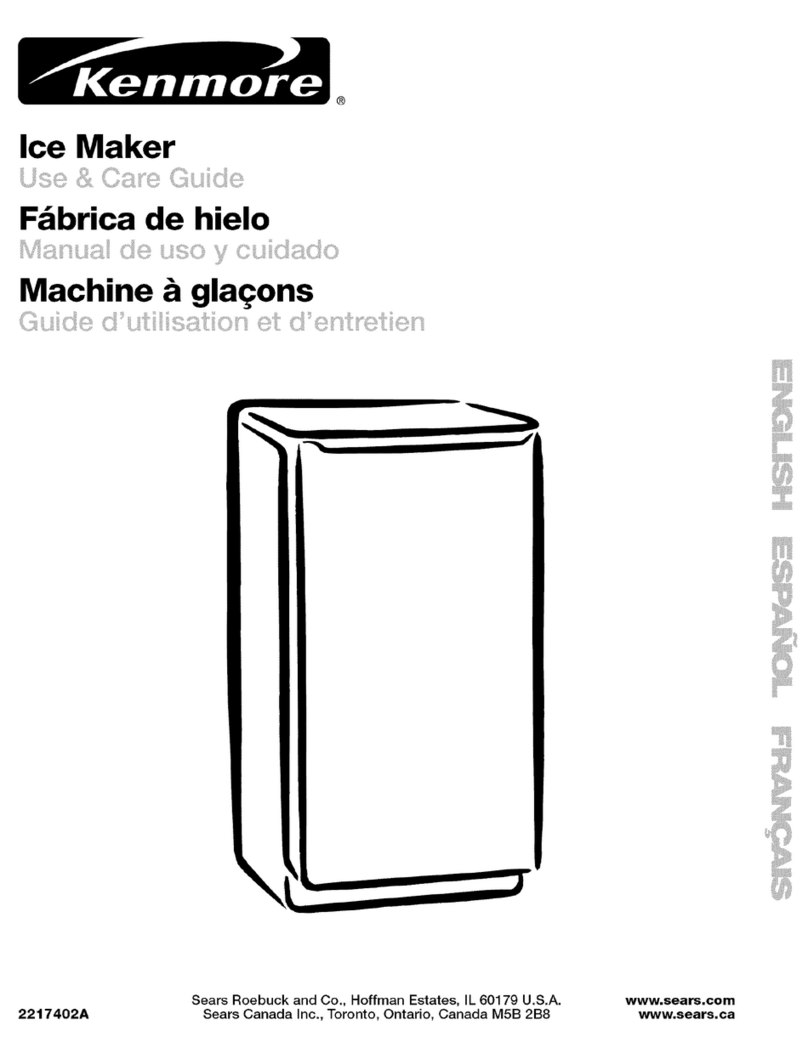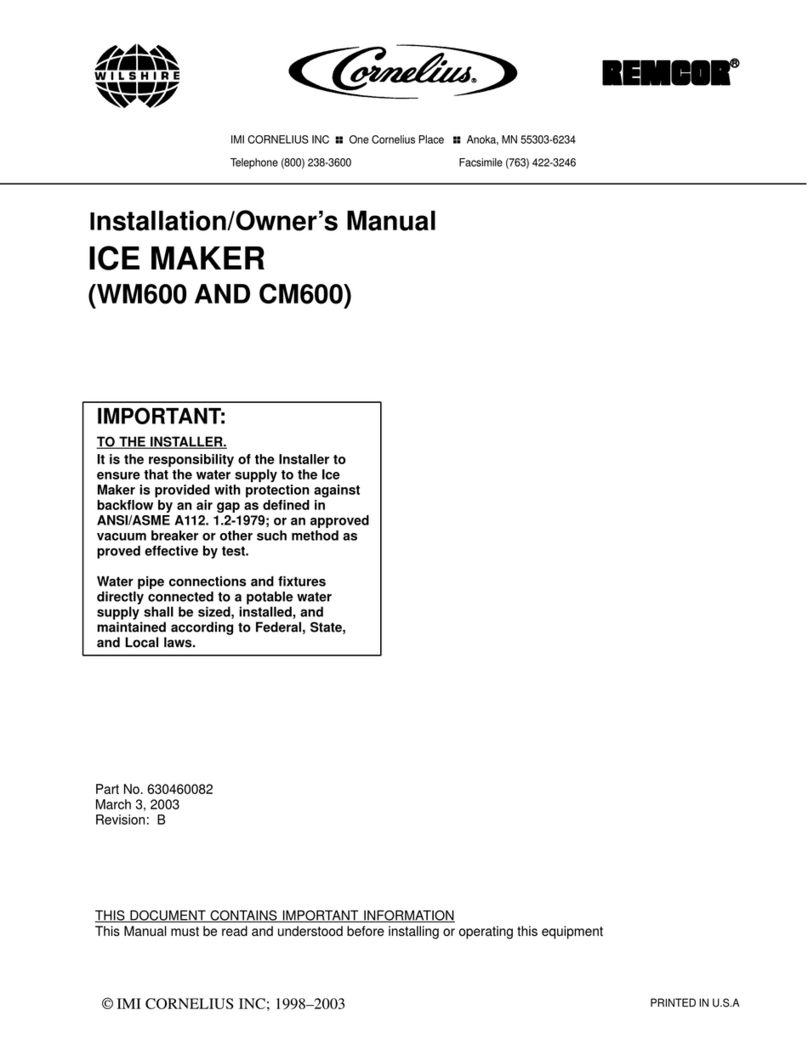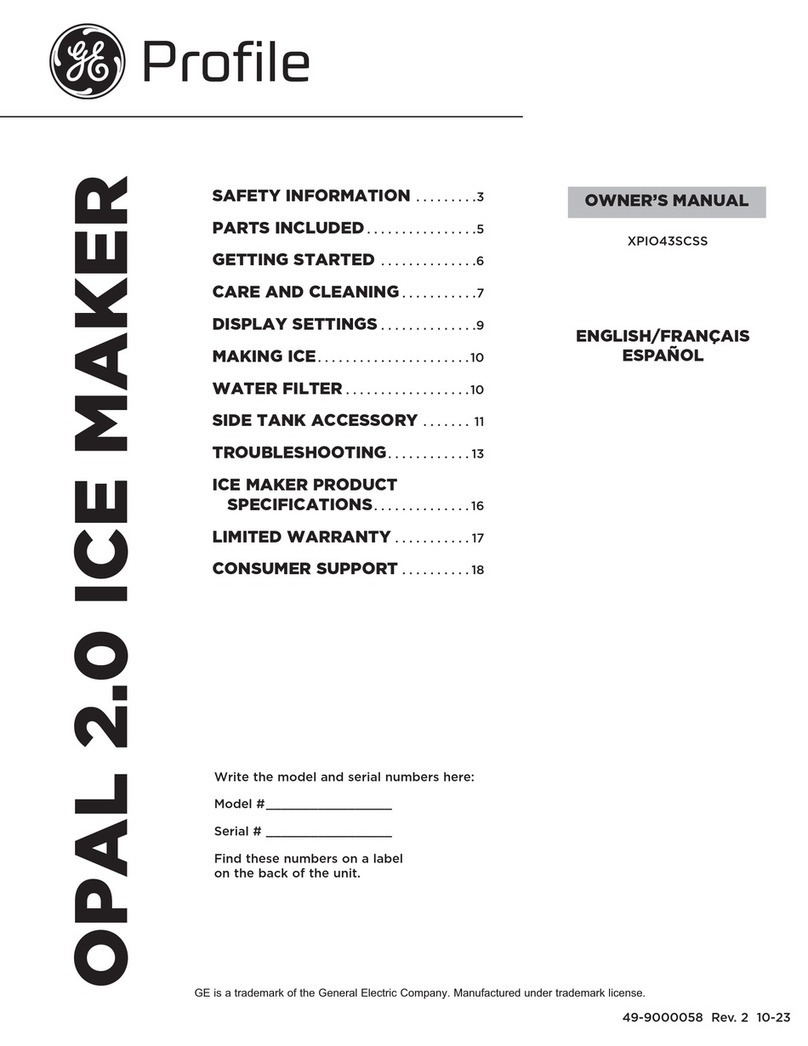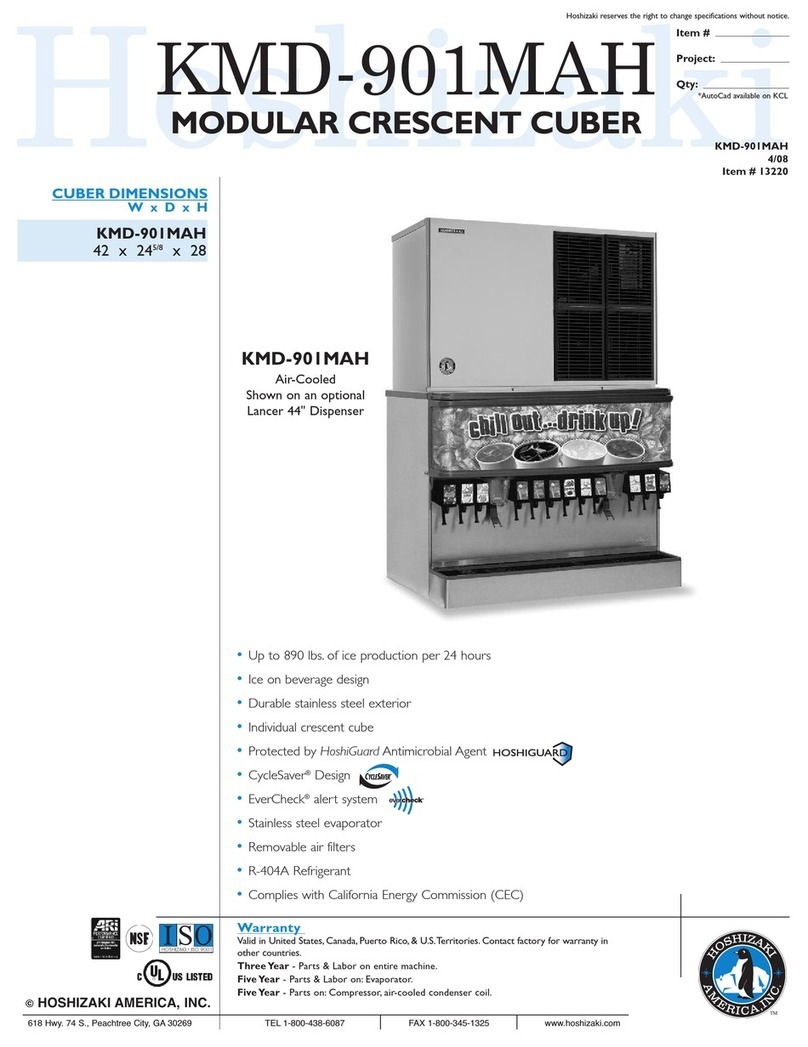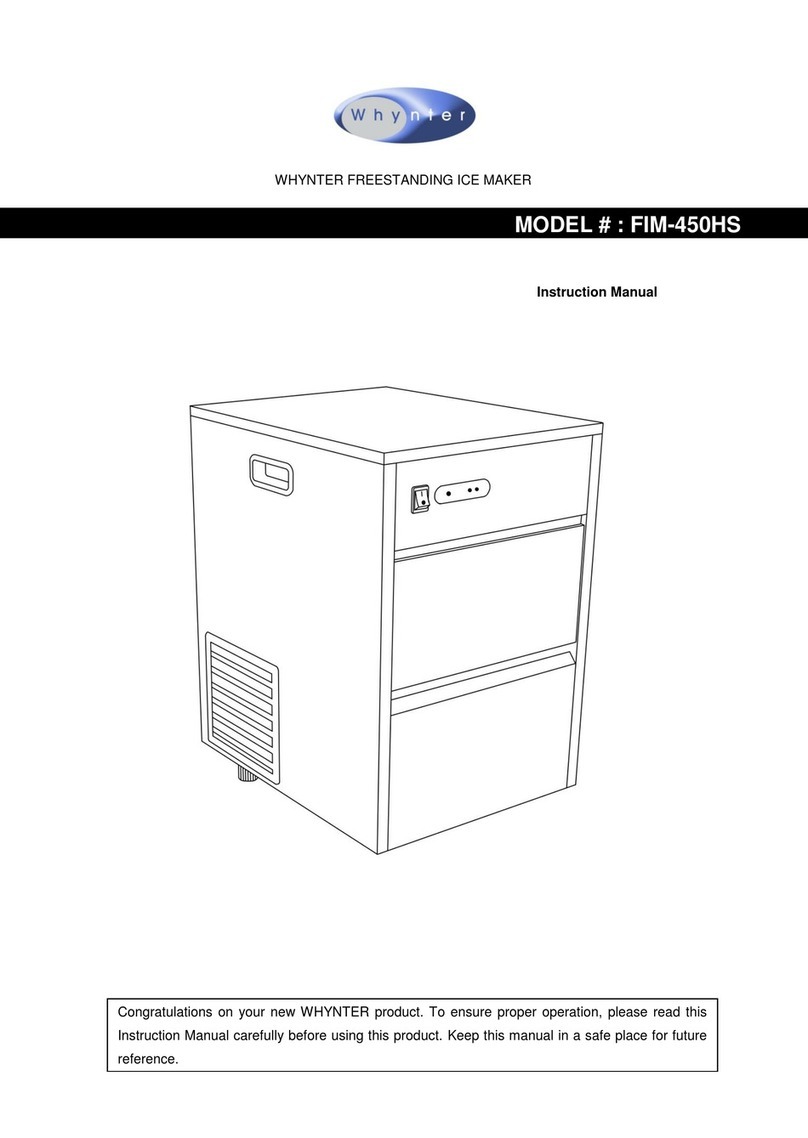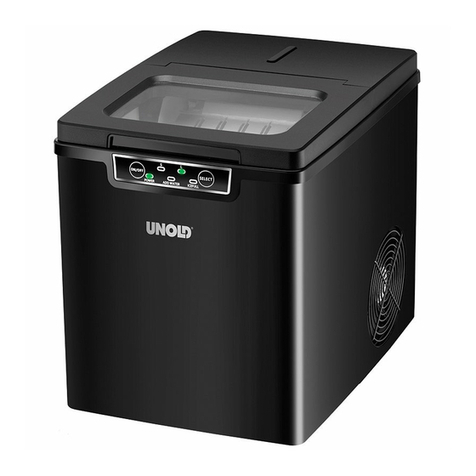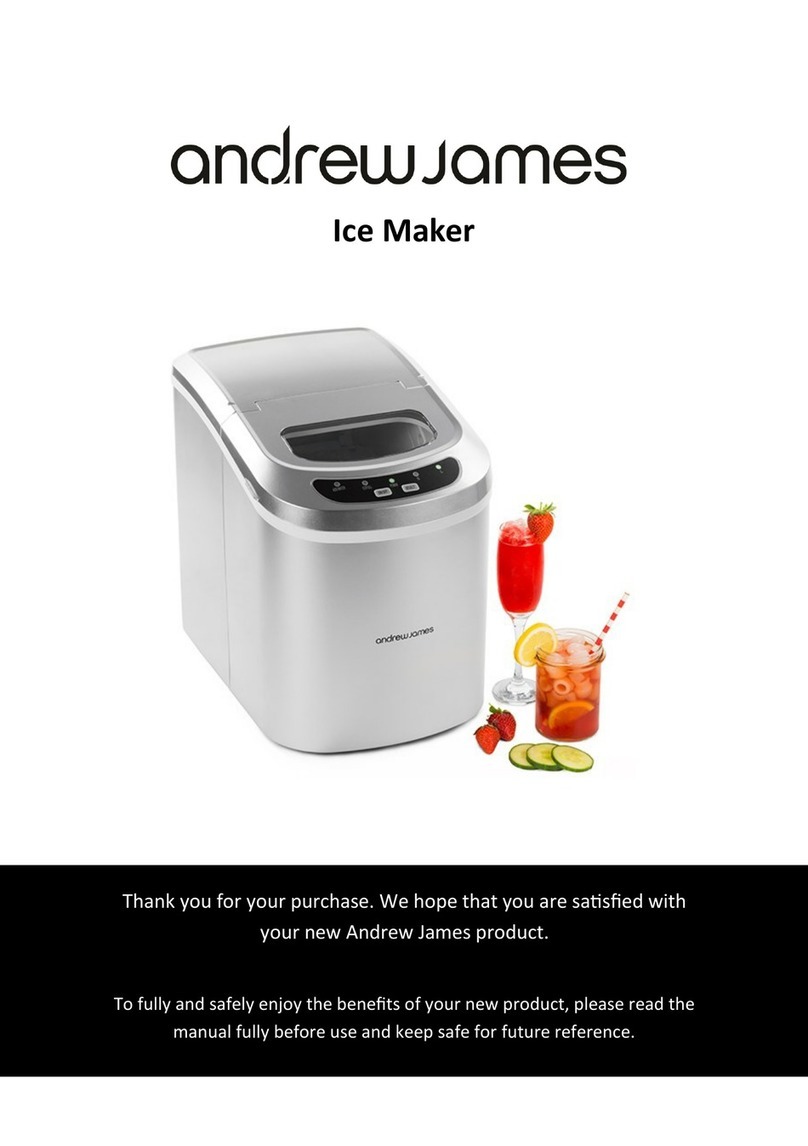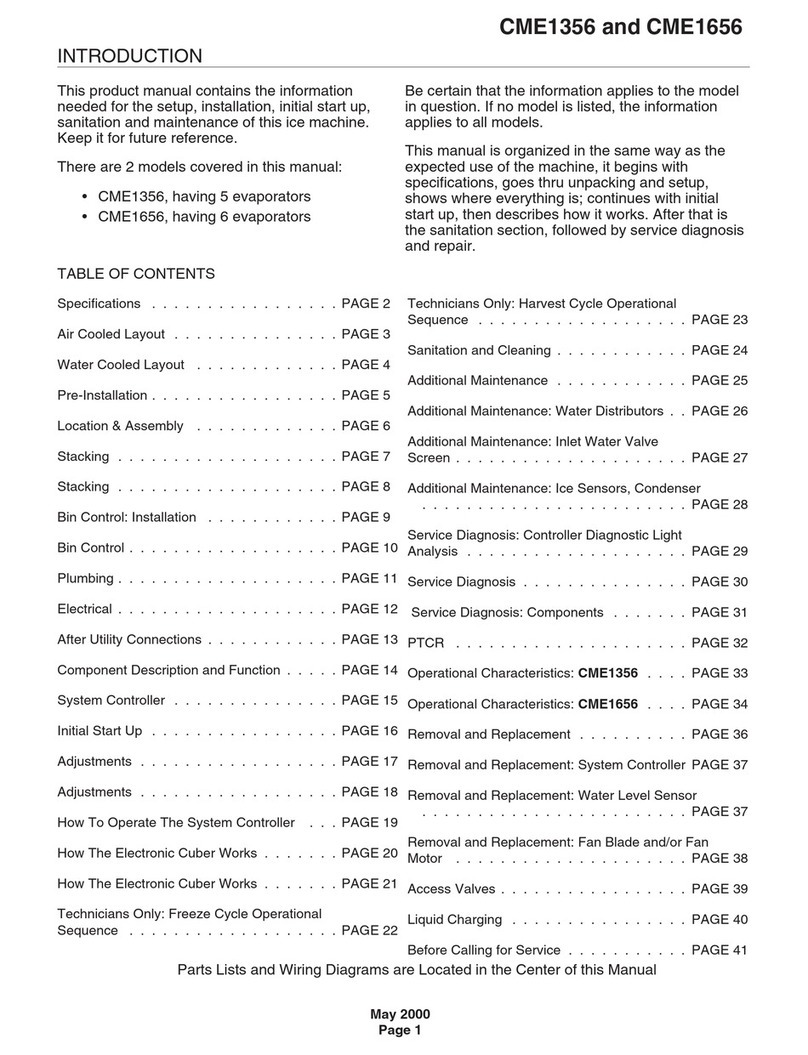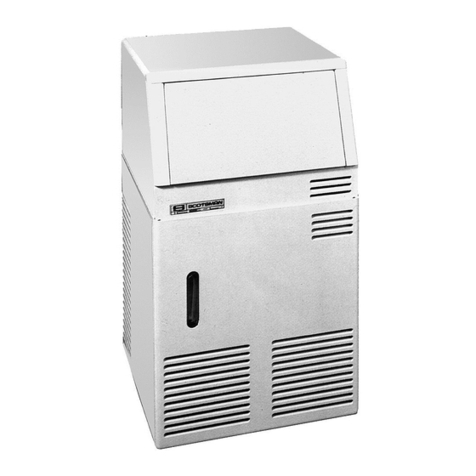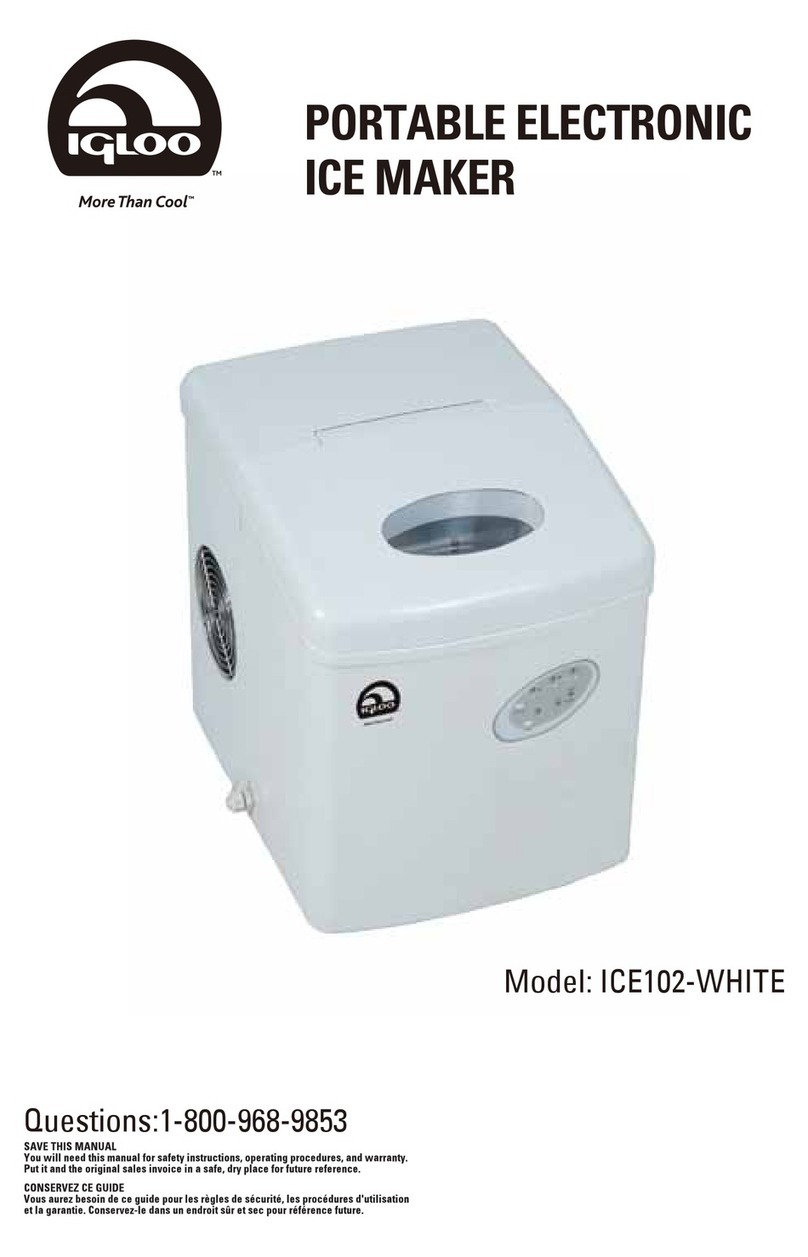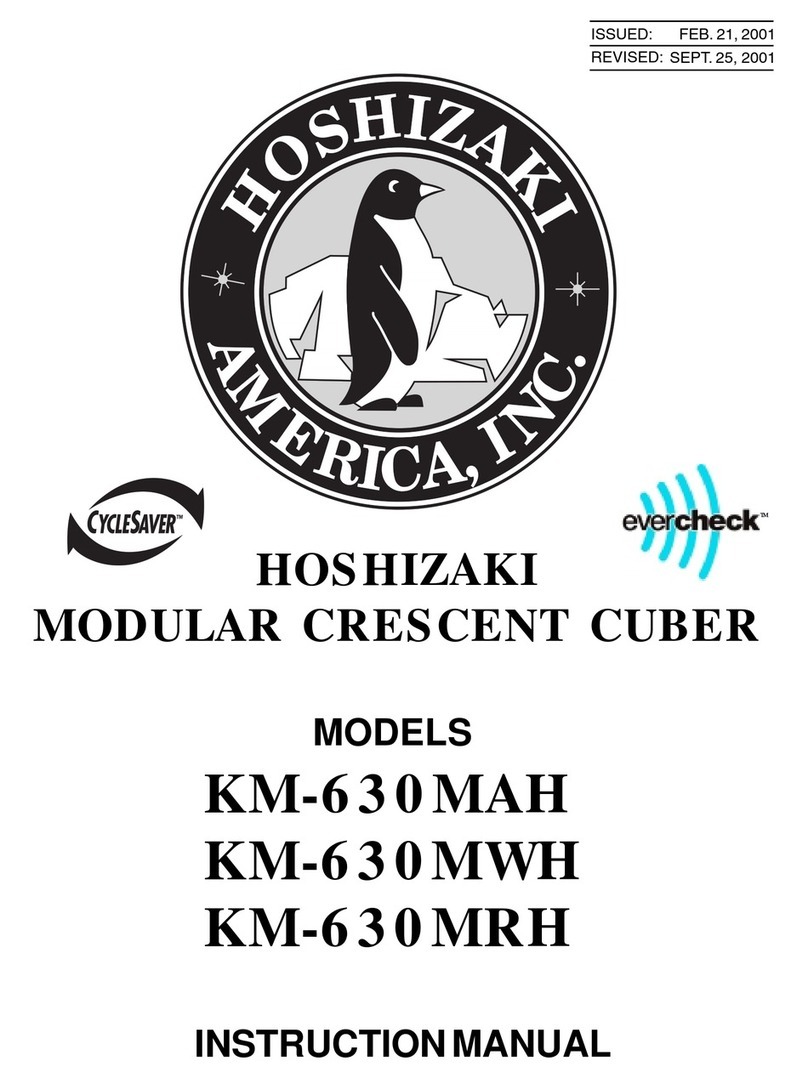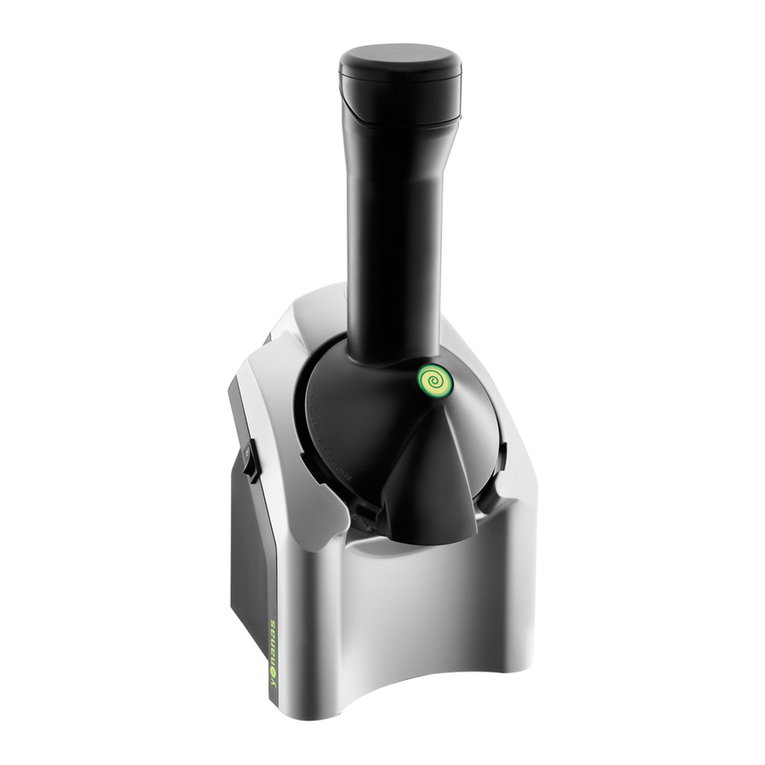NORTHAiR NAIA50NES User manual

PORTABLE AUTOMATIC ICE MAKER
Model Number: NAIA50NES
INSTRUCTION MANUAL
It is important that you read these instructions before using your portable ice maker and
we strongly recommend that you keep them in a safe place for future reference.

1
I
IM
MP
PO
OR
RT
TA
AN
NT
T
S
SA
AF
FE
ET
TY
Y
I
IN
NS
ST
TR
RU
UC
CT
TI
IO
ON
NS
S
…………………………………….2
P
PR
RE
EP
PA
AR
RI
IN
NG
G
Y
YO
OU
UR
R
I
IC
CE
E
M
MA
AK
KE
ER
R
F
FO
OR
R
U
US
SE
E
IMPORTANT SAFETY TIPS……………………………………………………………..3
G
GE
ET
TT
TI
IN
NG
G
T
TO
O
K
KN
NO
OW
W
Y
YO
OU
UR
R
U
UN
NI
IT
T…
……
……
……
……
……
……
……
……
……
……
……
……
……
……
……
……
…4
4
OPERATING PROCEDURES & MAINTENANCE
UNPACKING YOUR ICE MAKER ………………………………………….5
CONNECTING YOUR ICE MAKER…………………………………………..5
CLEANING AND MAINTAINING YOUR ICE MAKER………………………6
U
US
SI
IN
NG
G
Y
YO
OU
UR
R
I
IC
CE
E
M
MA
AK
KE
ER
R
…………………………………………………….7
T
TR
RO
OU
UB
BL
LE
ES
SH
HO
OO
OT
TI
IN
NG
G
………………………………………………………….8
T
TE
EC
CH
HN
NI
IC
CA
AL
L
P
PA
AR
RA
AM
ME
ET
TE
ER
RS
S
&
&
C
CI
IR
RC
CU
UI
IT
T
D
DI
IA
AG
GR
RA
AM
M
……………….. 8
TABLE OF CONTENTS

2
DANGER
WARNING
IMPORTANT SAFETY INSTRUCTIONS…
Your safety and the safety of others are very important.
We have provided many important safety messages in this manual in regard
to your appliance.
Always read and obey all safety messages.
This is the safety alert symbol: !
All safety messages will follow the safety alert symbol and the word
“DANGER” or “WARNING”.
These words mean:
You can be killed or seriously injured if you don’t immediate follow
instructions. All safety messages will tell you what the potential hazard is,
tell you how to reduce the chance of injury, and tell you what can happen if
the instructions are not followed.
DO NOT TOUCH THE EVAPORATOR WHILE THE UNIT IS IN USE OR
DURING THE ICE MAKING PROCESS. IT MAY CAUSE SEVERE
BURNING.
Evaporator Rods

3
When using electrical appliances, basic safety precautions should be
followed to reduce the risk of fire, electric shock, and injury to persons or
property. Read all instructions before using any appliance.
Do not operate this,or any other appliance with a damaged cord.
Connect to properly polarized outlets only. No other appliance should be
plugged into the same outlet. Be sure that the plug is fully inserted into
the receptacle.
Do not run the power cord over carpeting or other heat insulators. Do not
cover the cord. Keep cord away from traffic areas, and do not submerge
in water.
We do not recommend the use of an extension cord, as it may overheat
and become a risk of fire. If you must use an extension cord, use No.14
AWG minimum size and rated no less than 1875 watts.
Unplug the ice maker before cleaning or making any repairs or servicing.
Exercise caution and use reasonable supervision when appliance is
used near children.
Do not use your ice maker outdoors. Place the ice maker away from
direct sunlight and make sure that there is at least 4 inches of space
between the back of your unit and wall. Keep a minimum distance of 4
inches on each side of your unit free.
Do not use other liquid to make the ice-cube other than water.
Do not clean your ice maker with flammable fluids. The fumes can create
a fire hazard or explosion.
Do not tip over.
If the ice maker is brought in from outside in wintertime, give it a few
hours to warm up to room temperature before plugging it in.
WARNING: This appliance must be earthed.
DANGER –Risk Of Fire or Explosion. Flammable Refrigerant Used.
Do Not Use Mechanical Devices To Defrost Ice Maker. Do Not
PREPARING YOUR ICE MAKER FOR USE
IMPORTANT SAFETY TIPS

4
Puncture Refrigerant Tubing.
DANGER –Risk Of Fire Or Explosion. Flammable
Refrigerant Used. To Be Repaired Only By Trained Service Personnel.
Do Not Puncture Refrigerant Tubing.
CAUTION –Risk Of Fire Or Explosion. Flammable Refrigerant Used.
Consult Repair Manual/Owner’s Guide Before Attempting To Install or
Service This Product. All Safety Precautions Must be Followed.
CAUTION –Risk Of Fire Or Explosion. Dispose Of Property In
Accordance With Federal Or Local Regulations. Flammable
Refrigerant Used .
CAUTION-Risk Of Fire Or Explosion Due To Puncture Of Refrigerant
Tubing; Follow Handling Instructions Carefully. Flammable Refrigerant
Used.
The ice maker should be installed in accordance with the safety
standard for Refrigeration Systems, ASHRAE15. The ice maker shall
not be installed in corridors or hallways of public buildings.
If the unit is with problem need to be maintained, that replacing with
like components and that servicing shall be done by factory
authorized service personnel, so as to minimize the risk of possible
ignition due to incorrect parts or improper service.
IMPORTANT:
The wires in this mains lead are colored in accordance with the following
code:
Green or Green with a strip yellow: Grounding
White: Neutral
Black: Live
To avoid a hazard due to instability of the appliance, it must be placed at a
even or flat surface.
This manual suits for next models
1
Table of contents
